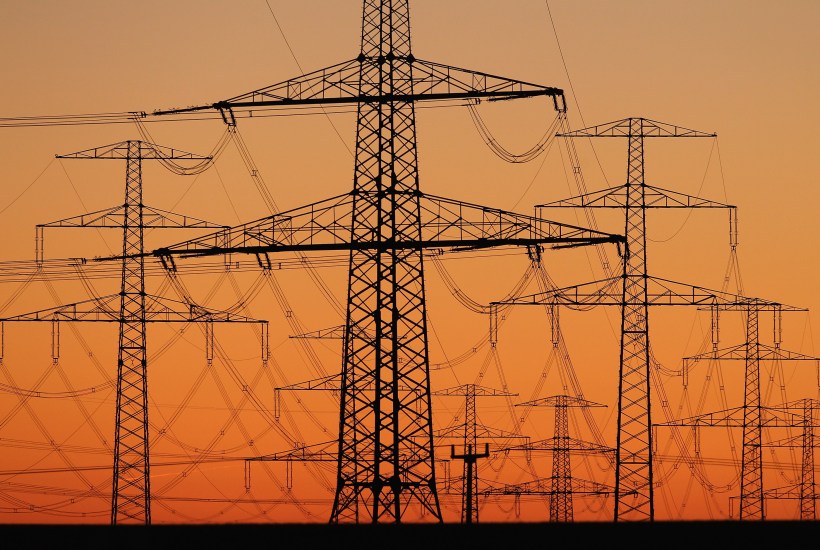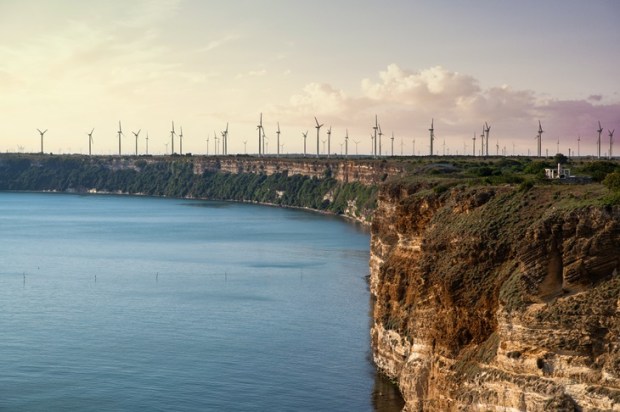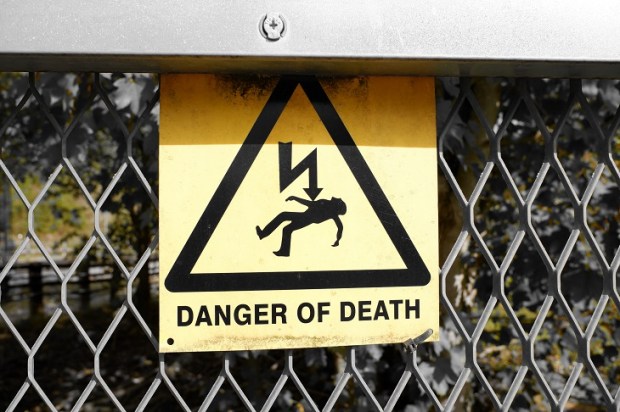The Government has now received but not yet released a report into the energy market plans it wants to put in place. These plans entail retaining the increased availability of the Renewable Energy Target (RET) subsidies until 2020 and then maintaining payments of those to installed plant until 2030.
Currently the subsidies, which are direct transfers from consumers, pay wind/solar $85 per MWh in addition to them receiving the spot price now at $80 per MWh (double the price prior to the Hazelwood closure).
Prior to releasing the report on which the numbers are based, Energy Minister Josh Frydenberg in an op-ed for The Australian and in press releases to other media has paraded the forecast effects of the latest of dozens of energy policy shifts that have been announced over recent years.
The estimates are made by the government’s soothsayer of choice Frontier Economics, headed by Danny Price. Frontier has made a handsome living from projecting energy prices and outcomes from different market interventions. It was paid one million dollars by the besieged South Australian government to provide advice on how the state’s ideologically-driven renewable energy policy could work. Mr Price was also the architect of the 2009 Turnbull-Xenophon emission intensity scheme where penalties on plant would increase in relation to their emissions per unit of output.
While always keen to help politicians push energy provision in their favoured directions, Mr Price did however skewer the absurd claims of ANU energy gurus Frank Jotzo and Salim Mazouz that closing down brown coal fired stations would have a negligible price effect. He estimated closing Hazelwood would bring the 25 per cent retail price increase that is now being seen (an increase driven by a more than doubling of wholesale prices that the Hazelwood closure caused)
Although Frontier’s modelling is not to be released until Friday, the information now on the public record shows that it forecasts:
- Cost savings to households of $120 a yearby 2030 with a 23 per cent drop in wholesale electricity price in the decade between 2020 and 2030 compared to business as usual. Pro rata reductions will be greater for the big energy users which have a greater proportion of their costs in the energy component itself.
- The requirement of renewable energy retailers to “firm up” the supply under the National Energy Guarantee will result in an extra 3,600 megawatts of dispatchablepower during the decade, equivalent to the generation capacity of two and a half Hazelwood’s capacity.
- “The2030 share of renewables is likely to be about 32-36 per cent, of which about 8 per cent comes from hydro that has the characteristics of baseload power”. That is 26-28 per cent will be exotic currently subsidised renewables up from 16 per cent (plus 8 per cent hydro) in 2020
Minister Frydenberg has received accolades for his policy proposals from his ostensible political opponents: the Grattan Institute and Bloomberg New Energy Finance as well as doubtful allies like the BCA and BHP.
Of course, any forecast 13 years ahead in the changing energy theatre are to be taken with a grain of salt, all the more so when the forecast is by a consultancy which has been hired in the knowledge that its answers will be helpful to the government which commissioned them.
Some implications of the report that have been overlooked by the media reporting are:
First the 23 per cent wholesale price reduction being forecast comes after an increase of 100 per cent or more following the politically-induced measures of renewable energy subsidies that have driven out low cost coal based energy facilities. So even if the forecasts prove accurate they still leave the nation at a massively increased electricity cost base than it had in 2015.
Secondly, the “extra 3600 megawatts of dispatchable power” comprises high cost facilities like the mythical Snowy pumped storage facility designed to even out the daily price and all those batteries designed to provide very short term reliability. These facilities represent very poor value for money in providing ancillary services to electricity generation necessary with wind and solar but intrinsically present with coal generators.
Thirdly the 2030 level of exotic renewables must displace some further coal power stations, at least three others of Hazelwood’s size (only the 2000 MW Liddell is presently scheduled for closure by 2030 and the government is seeking to have AGL keep it open)
Driving the forecasts is a projection of renewable energy costs. Like so many that have preceded them, these latest forecasts predict the renewable low price nirvana is upon us. They use a projected 2020 cost of wind and solar at $73 a megawatt hour and $75 a megawatt hour respectively; these drop to $64 a megawatt hour and $57 a megawatt hour by 2030.
These prices remain well in excess of those that are available from new coal facilities (less than $50 per MWh according to estimates in a report commissioned by the Minerals Council), and also require firming capacity payments. Moreover, although some contracts have apparently already been signed at around $60 per MWh, prices of these contracts do not seem credible. The renewable subsidies have caused the market price to increase from its previous $40 per MWh to $80+. But, in addition, wind still receives a subsidy of $85 per MWh. This, on market information, is estimated to fall to around $45 by 2022, (the latest date at which any information is publically available).
If wind/solar is genuinely available at $73 falling to $57 per MWh – with some claiming that such forecasts are actually conservative – and this is close to the spot price, competition would drive the subsidy to zero. The telling fact is that this is not happening. Moreover, among the serried ranks of renewable rent-seekers and their army of supporting shills not one has suggested the subsidies are unnecessary!
Doubtless the government will consider the vast sums spent on the Frontier report to be good value if it enables a partial extraction of consumers from a RET subsidy that will likely cost at least $3 billion per year up until 2030. But this is very much a second best option and, in view of the increased share of renewables post the 2020 cut-off of new build subsidy eligibility, one that might not warrant even that tepid praise.
And the lobbying pressure from greens and rent-seekers is hardly likely to acquiesce to a standstill of subsidy payments to wind, solar, pumped storage, batteries and other products doing so much to undermine the once world-beating Australian electricity industry.
Alan Moran is with Regulation Economics and is the author of Climate Change: Treaties and Policies in the Trump Era.
Got something to add? Join the discussion and comment below.
Got something to add? Join the discussion and comment below.
Get 10 issues for just $10
Subscribe to The Spectator Australia today for the next 10 magazine issues, plus full online access, for just $10.


























Comments
Don't miss out
Join the conversation with other Spectator Australia readers. Subscribe to leave a comment.
SUBSCRIBEAlready a subscriber? Log in